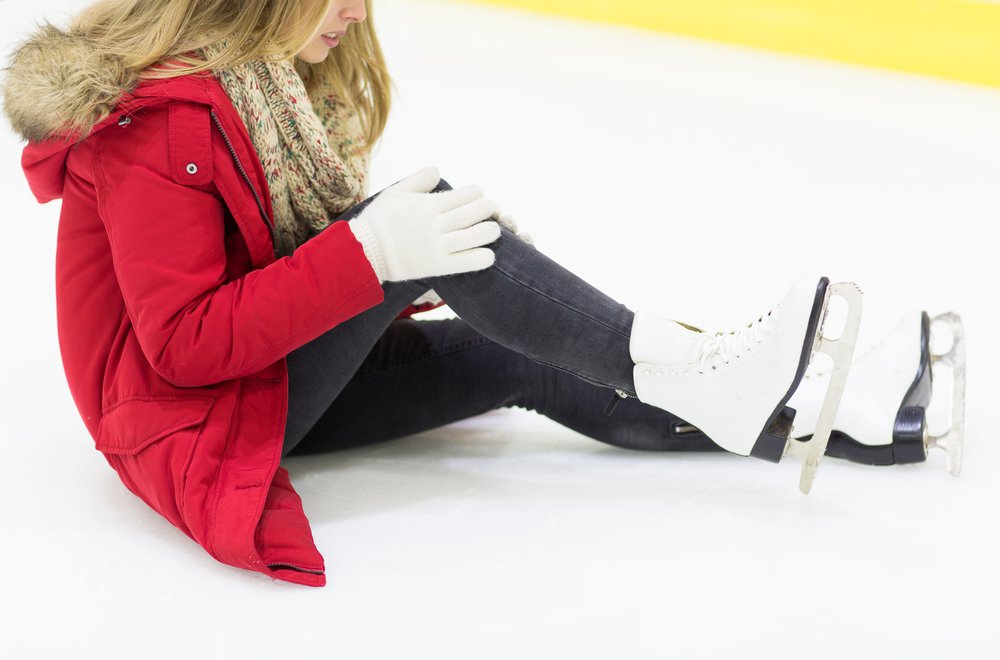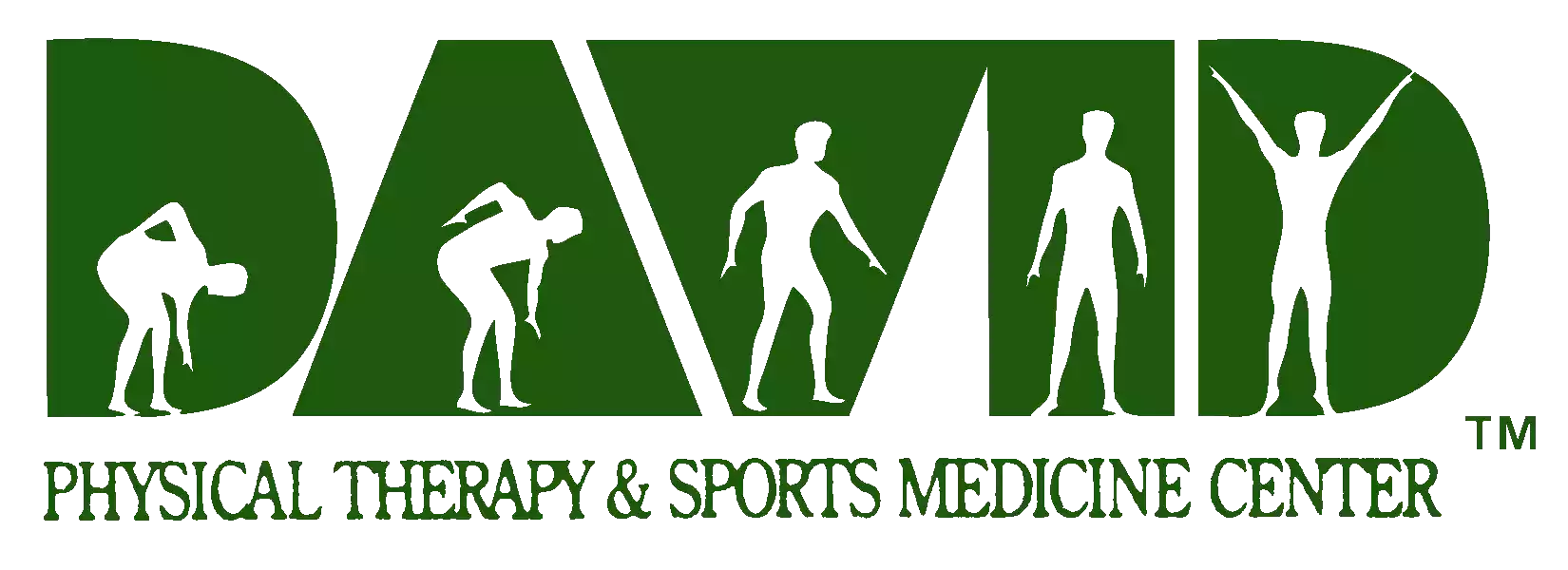 If you're an athlete, chances are you know how serious an ACL injury can be, even if you've never experienced one. ACL injuries are one of the most common sports injuries, but they can also be one of the most serious and debilitating. That’s why it's important to understand what an ACL injury is, how it can happen, and what the treatment options are.
If you're an athlete, chances are you know how serious an ACL injury can be, even if you've never experienced one. ACL injuries are one of the most common sports injuries, but they can also be one of the most serious and debilitating. That’s why it's important to understand what an ACL injury is, how it can happen, and what the treatment options are.
In this month's blog post, we're giving our patients a crash course in ACL injuries: discussing its causes and symptoms, how physical therapy can help, and how you can prevent it from happening in the first place!
What Is The ACL?
The anterior cruciate ligament, more commonly referred to as the ACL, is a band of tissue located in the center of your knee joint that connects the thigh bone to the shin bone. Its main purpose is to prevent excessive motions, like the knee bending too far inward or too far outward. This stability is essential for anyone, but especially athletes, who often perform complex movements like running, jumping, and tackling.
How Common Are ACL Injuries?
According to the CDC, anterior cruciate ligament injuries affect as many as 250,000 people in the United States each year. Though more men than women experience ACL injuries, this is only because there are more male athletes than female athletes. In other words, because more men are exposed to the risk of injuring their ACL, ACL injuries are more common among men.
However, women have a significantly higher risk of ACL injuries. Generally speaking, women's joints are looser and have a greater range of motion than men's. In addition, women typically have less muscle mass around their knees. Both of these factors contribute to instability in the knee joint, ultimately making an ACL injury more likely.
What Causes ACL Injuries?
First, there are several different kinds of ACL injuries. These are some of the most common terms you'll see thrown around, as well as what they mean:
- Anterior cruciate ligament injury: This is a general term that describes any type of damage to the ACL. This can range from a mild sprain or strain all the way to a complete tear.
- Anterior cruciate ligament sprain: This is the mildest form of ACL injury. A sprain occurs when a ligament has been stretched too far but hasn't yet been torn.
- Anterior cruciate ligament tear: An ACL tear might describe a partial tear, where the ligament is torn but still connected, or a complete tear, where the ligament is torn in two.
- Anterior cruciate ligament rupture: This is another term for a complete tear, the most severe kind of ACL injury.
How Can I Prevent An ACL Injury?
Fortunately, there are steps you can take to prevent ACL tears and other injuries. First, it's important to strengthen the muscles around your knee joint. That might mean doing simple strengthening exercises like squats, lunges, and single-leg calf raises, or incorporating plyometric exercises like jump squats or box jumps into your workout routine.
You should also focus on improving your balance and agility. Because ACL injuries are often caused by awkward or sudden movements, falls, or a collision, being able to stay in control of your body is key. Improving your balance, as well as the strength of the small muscles in your feet and ankles, can help prevent those unnatural movements and improve your reaction time.
As always, warming up and stretching before engaging in any strenuous physical activity is essential. Warming up can help loosen your muscles and improve your flexibility, which helps to prevent injuries and reduce their severity. Specifically, stretching your leg and ankle muscles can help prevent an ACL injury.
Do ACL Injuries Usually Require Surgery?
Whether you'll need ACL surgery is dependent on the severity of your injury and the stability of your knee. For instance, if your injured knee is stable, meaning that your ACL is still partially intact and your knee isn't overly loose, you may be able to get away with some rest to limit weight-bearing on your injured leg, a knee brace, and physical therapy.
However, even a partial tear may require some form of reconstructive surgery. A complete tear, on the other hand, will usually require a surgical procedure called 'anterior cruciate ligament reconstruction.' ACL reconstruction is typically an outpatient procedure that involves replacing the injured ligament with a new one.
Whether the injury requires surgery or not, working with a physical therapist is an important part of the recovery process.
How Will ACL Physical Therapy Help Me?
Physical therapy can help you regain your strength, range of motion, and knee function after an ACL injury or surgery. A physical therapist can also help you address any pain or limitations you may be experiencing from the injury and keep your joints healthy and functioning properly. Plus, they can help you understand the mechanics of your injury and teach you how to make small changes in order to reduce your risk of re-injury.
At David Physical Therapy & Sports Medicine Center, our licensed physical therapists can work with you on an individualized treatment plan to help you get back to your normal activities as quickly and safely as possible. Depending on your individual injury, needs, and goals, your physical therapist may use a combination of exercises, manual therapy techniques, and modalities to help you recover.
If you've recently suffered an ACL injury and are in need of physical therapy or rehabilitation, schedule an appointment with us today. Our knowledgeable physical therapists are ready to help you get back on your feet and feel like yourself again!

